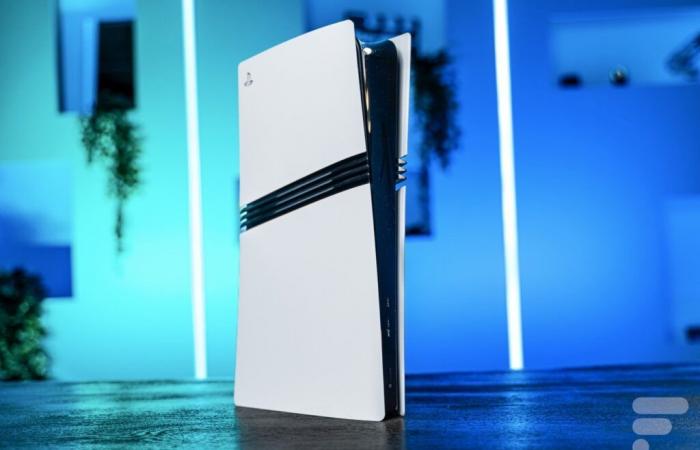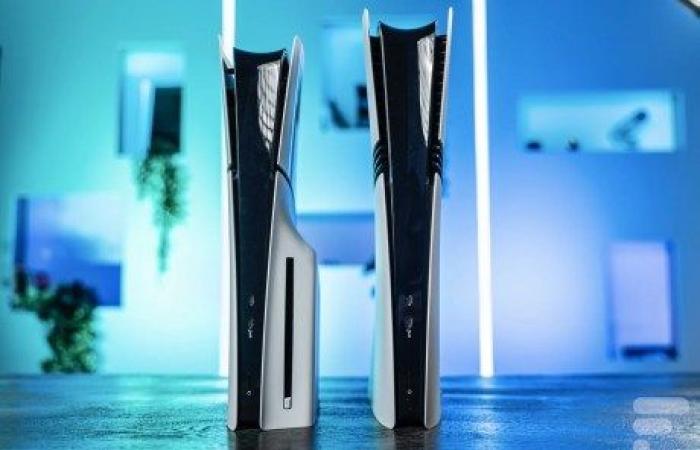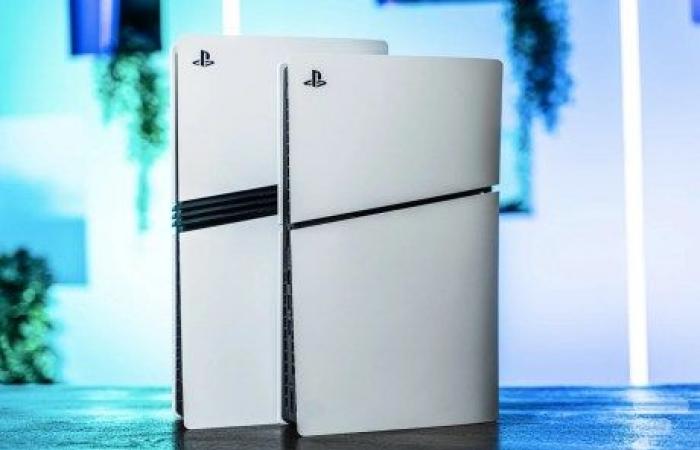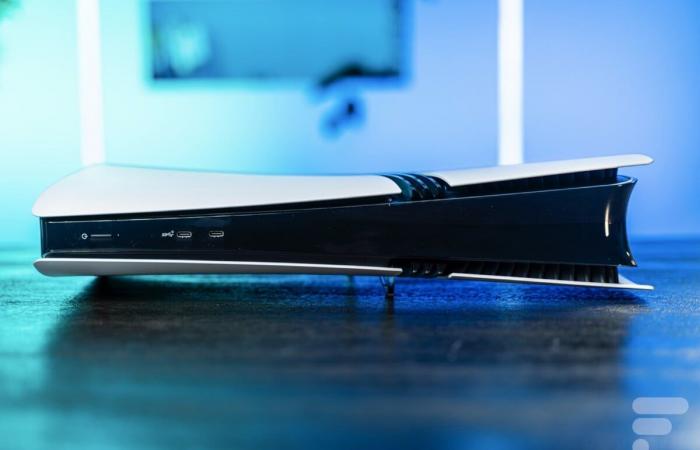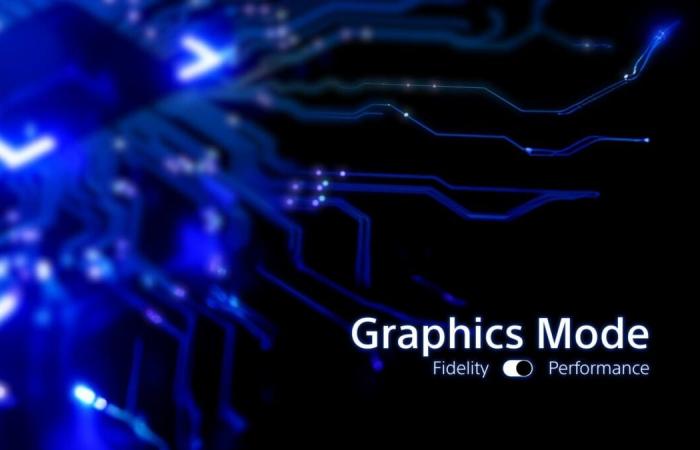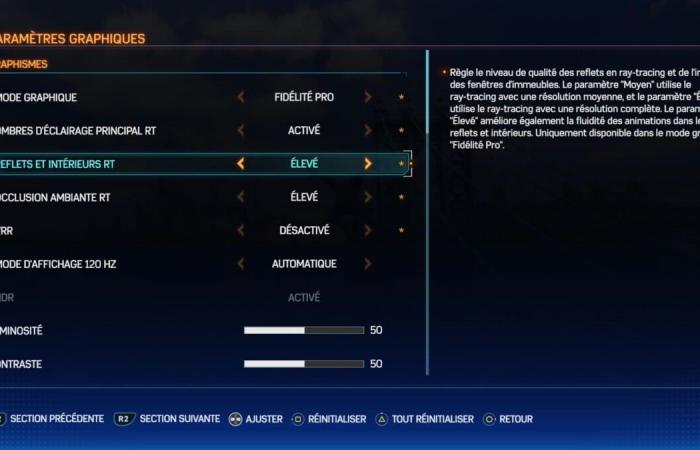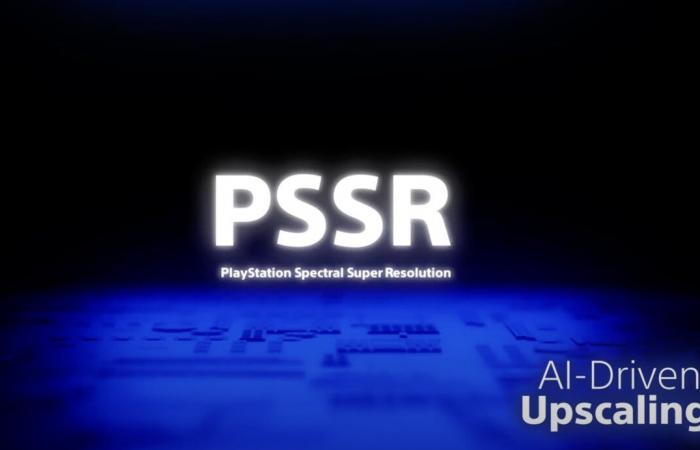When it was announced last September, the PS5 Pro raised a big fundamental question: who is this “new” console from Sony aimed at? Certainly more powerful, it is also much more expensive (around 800 euros) while offering improvements that we would have liked to see on the basic machine launched in 2020.
The PS4 Pro in 2016 allowed us to discover new horizons of fluidity with the introduction of Performance mode for certain titles, but also HDR. The contributions of the PS5 Pro are in this regard more iterative in terms of graphic quality and fluidity: we might as well state it from the outset, you will only be able to really benefit from it if you have a 4K television with a sufficiently wide diagonal. But the console does have its advantages for a demanding (and wealthy) segment of players.
PS5 Pro improvements
Once the console is in front of our eyes, we see that we are in reality facing a classic PS5 from 2020 in its design, larger than the Slim by a few centimeters. Its aesthetic particularity lies in its fins which now separate the two sections of the console, for more comfortable cooling of the new GPU. The connectivity remains the same, the controller remains the same so let’s take a look at the real additions to the console.

The PS5 Pro is sold as standard with 2 TB of internal storage (compared to 1 TB for the Slim version), but without a disk drive. The latter being now very popular, players with a substantial physical library will necessarily be harmed: more than 900 euros to play its physical games takes the console to the luxury leisure stage. For the price, the vertical stand also remains strangely optional. In short, the PS5 Pro is a console dedicated above all to digital gaming. That’s good, it’s Wi-Fi 7 compatible (but you’re probably not yet equipped for it).
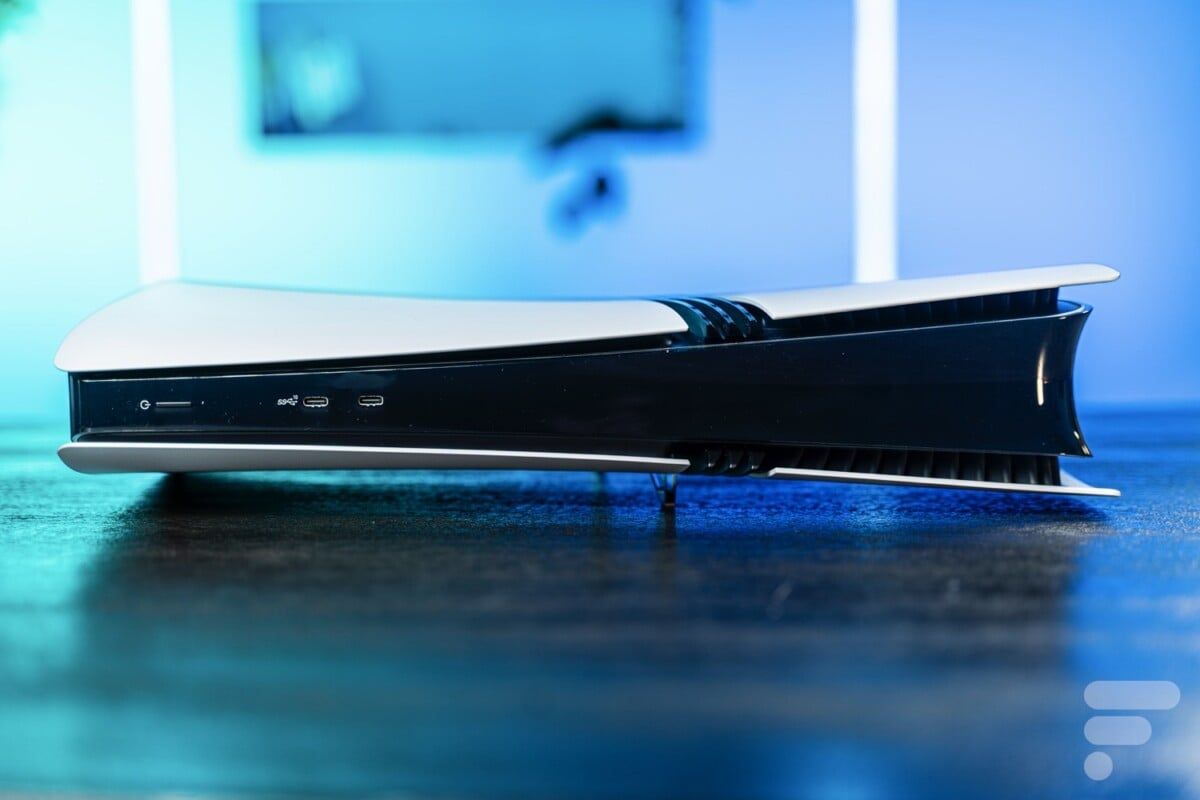
The main improvements are primarily to be noted in the graphic fidelity of a selection of games, but also their level of performance. Sony has focused on its brand new 62% more powerful GPU, still in collaboration with AMD, to allow players to no longer compromise between Fidelity mode and Performance. In reality, things have not really changed.
Pro mode (it’s complicated)
Not all games in the PS5 catalog will benefit from the power of the PS5 Pro. Each developer will need to develop and deploy an update to take advantage of the console improvements with a new Pro mode.
In reality, the developers chose to push the graphic quality of the Fidelity and Performance modes instead of offering a single mode as mentioned by Mark Cerny, architect of the PS5. So, it’s time for Loyalty Pro and Performance Pro modes.

Fidelity Pro mode pushes the graphics rendering of compatible games while maintaining this limit of 30 frames per second, sometimes 40 frames per second. We can thus observe more detailed vegetation, advanced ray tracing effects or even a denser crowd in open world games. Some games like Spider-Man 2 and Ratchet & Clank: Rift Apart offer greater granularity of settings, like on PC.

Performance Pro mode could be summed up as the old Fidelity mode with an almost doubled level of performance, at 60 frames per second. This mode benefits in particular from a better image reconstruction solution (PSSR) for higher output definition and therefore theoretically superior image sharpness.
The PS5 Pro therefore pushes these modes a notch above to hope to erase the limitations of the classic PS5. But by keeping this distinction, it confirms that it is aimed at demanding players who can notice this visual difference on a large television.
The PSSR, the real innovation
The raw power of the PS5 Pro’s GPU alone is not enough for it to keep its promises. The console now relies, for compatible games, on an AI-based image scaling and reconstruction algorithm using specific hardware units inside the console. Here we are facing an equivalent of DLSS on console while the PS5 was already compatible with AMD’s FSR, which does not shine for the quality of its rendering. It’s even a safe bet that the PSSR gives us a glimpse of the FSR 4 which should feature the next AMD graphics cards in 2025.
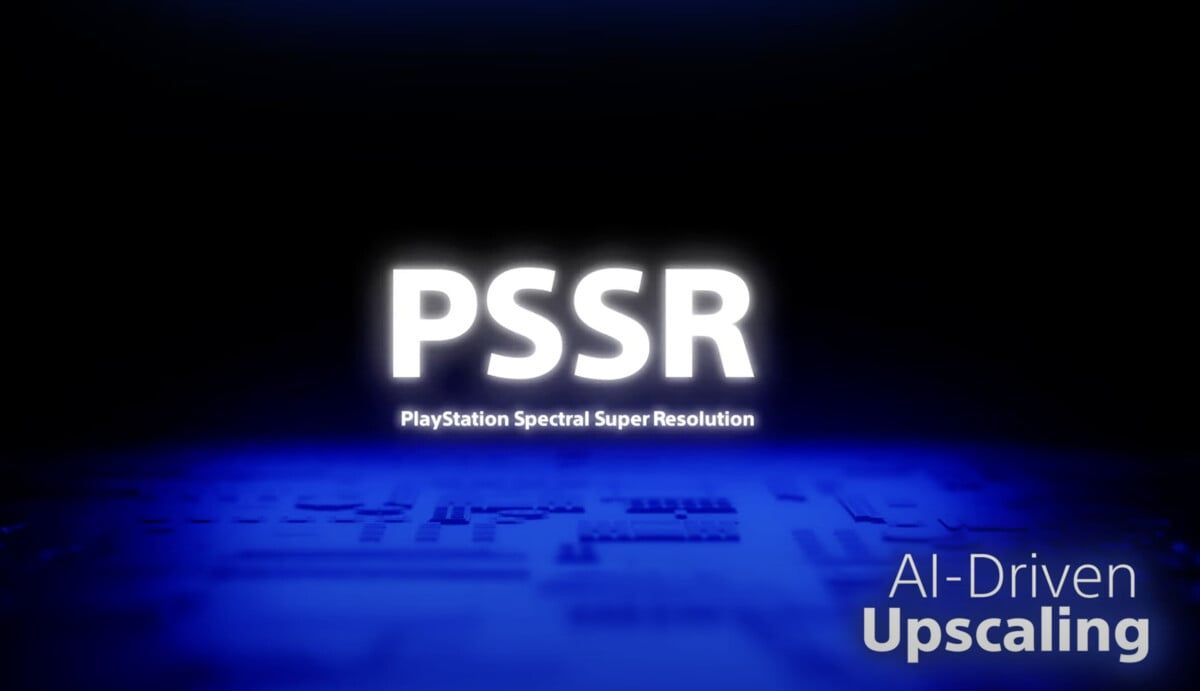
Concretely, games can run on an internal definition sometimes lower than the basic PS5 and benefit from improved upscaling to 4K on your television. The performance gain can then be significant depending on the developers’ choice. But as we will see, this is not the case for all games optimized for the PS5 Pro.
The advantage of PSSR lies in the scalability of its model, we can therefore expect its rendering to improve over versions as is the case for Nvidia’s DLSS as well as Intel’s XeSS.
What does it look like in game?
At launch, more than 50 games are enhanced by the PS5 Pro. As we will see, the improvements will be more or less visible depending on the technical bases of the different titles and in particular whether they use ray tracing or not. Some games already look great on PS5, with their “Pro” version bringing only negligible improvements. Others, however, benefit from progress in the GPU, as long as you have the screen to take advantage of it. We tested these different games on a 65-inch Hisense U8K television in 4K definition with HDR activated, to best observe the graphic contributions of the PS5 Pro.
However, it remains complex to show you the improvements via simple screenshots, especially when the majority of Frandroid’s readership is viewing this article from a smartphone. It is still preferable to consult this article on a large screen and above all to trust our feelings.
At the level of good students, we can cite Alan Wake 2which allows the game to support ray tracing on console in its new fidelity mode, with the added bonus of much higher rendering definition than the classic PS5 version. The game being designed above all for 30 frames per second, this mode allows you to Alan Wake 2 to get a little closer to the PC version on PS5 Pro. The grain is thus much less pronounced with much more realistic shadows and reflections. Even the performance mode gains in presentation quality.
PS5 loyalty mode
PS5 Pro loyalty mode
Spider-Man 2 also benefits from better ray tracing if you pay attention, with much more defined and detailed reflections and shadows. With Ratchet & Clank: Rift Apart, the two titles from Insomniac Games allow you to configure these different options in their Pro Fidelity mode in order to achieve a level of performance greater than 30 FPS in certain cases. Both titles especially benefit from better visual clarity once again : The introduction of Ratchet & Clank is much clearer here than in classic Performance mode.

On other games, we compared the new Pro mode with the image quality of classic fidelity mode, but also the fluidity of Performance mode. The promise is generally kept: on games like The Last of Us: Part II or Ratchet & Clank: Rift ApartPSSR allows you to gain visual clarity. On a 65-inch television, the Performance mode of the classic PS5 suffered from often unsightly upscaling which was particularly visible on trees, foliage and crowds.
PS5 Classic Performance Mode
PS5 Pro mode Pro
The results are not the same for all games once again and the PSSR strangely does not work miracles in God of War: Ragnarok compared to the classic TAA option: the presentation is certainly more detailed, but the performances are lower by approximately 10 to 20 FPS depending on the scene. The very good student in this little game turns out to be Final Fantasy VII: Rebirth for whom the PSSR works wonders in terms of image quality while the PS5 version of the game had been strongly criticized on this point.
Other games benefit little from the PS5 Pro, this is the case for the two Horizon games (Zero Dawn Remastered et Forbidden West) which now operate on the same technical base. Both titles do not use PSSR, but an upscaling solution developed internally by Guerilla Games. The image quality is therefore excellent, regardless of the console. You still benefit from better definition with Pro mode with performance almost doubled compared to fidelity mode.

And if your priority remains fluidity, then Performance mode allows you in certain games to exceed 100 frames per second, sometimes reaching up to 120. We observed this in The Last of Us Part II, Spider-Man 2, God of War: Ragnarok as well as Resident Evil 4games which then ran around 80 frames per second on average in this mode.
In terms of noise, the PS5 Pro is no noisier than the Slim version, its slightly larger chassis allows it to effectively cool its new configuration.

